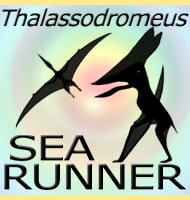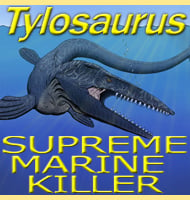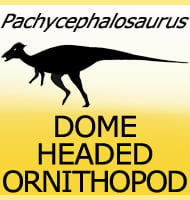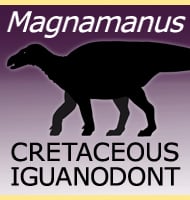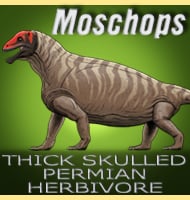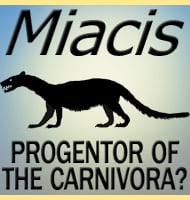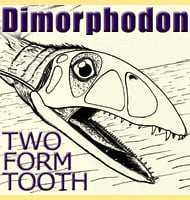In Depth
One of many diplodocid sauropods of the Morrison Formation (with other genera including Diplodocus, Apatosaurus and Suuwassea amongst others), Dystrophaeus has been the source of a lot of confusion. Edward Drinker Cope, the person who first named Dystrophaeus, thought that the animal belong in the much earlier Triassic period, while Othniel Charles Marsh regarded it as a stegosaur. Away from the ‘Bone Wars’, and another famous palaeontologist, Friedrich von Huene thought that it was a herbivorous theropod, before realising that it was actually a sauropod, but again missed the mark by saying that it was similar to Cetiosaurus. Alfred Romer, another famous for his work in the field of palaeontology considered Dystrophaeus to be a brachiosaurid sauropod, before David Gillette came to the most recent analysis that Dystrophaeus was a diplodocid sauropod. To top all that off, there is uncertainty over the exact time placement for Dystrophaeus within the late Jurassic, while some have suggested that the fossils of Dystrophaeus are too indeterminate too classify a distinct genus, and therefore Dystrophaeus should be regarded as a Nomen dubium.
Further Reading
- On a dinosaurian from the Trias of Utah. - Proceedings of the American Philosophical Society 16: 579-584. - Edward Drinker Cope - 1877. - Dystrophaeus viaemalae Cope in neuer Beleuchtung. - Neues Jahrbuch f�r Mineralogie, Geologie und Pal�ontologie 19: 319-333. - Friedrich von Huene - 1904. - Origin and early evolution of the sauropod dinosaurs of North America – the type locality and stratigraphic position of Dystrophaeus viaemalae Cope 1877. In: A. C. Huffman, W. R. Lund & L. H. Godwin (eds), Geology and resources of the Paradox Basin, Utah Geological Association Guidebook, 25: 313-324. - D. D. Gillette - 1996. - Stratigraphic position of the sauropod Dystrophaeus viaemalae Cope and its evolutionary implications. - In: Michael Morales, editor, The continental Jurassic, Museum of Northern Arizona Bulletin 60: 59-68. - D. D. Gillette - 1996.


